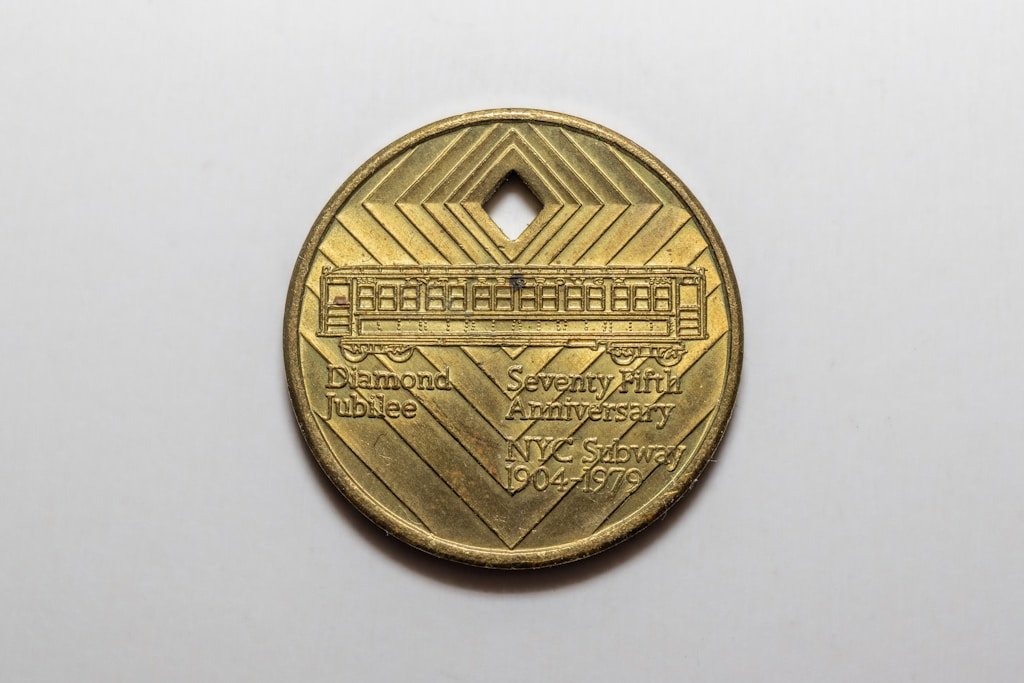Understanding the Solana Program Library Token Standard

The Solana blockchain has distinguished itself within the digital asset space through its high throughput and low transaction costs. Central to its expanding ecosystem is the Solana Program Library (SPL), a collection of on-chain programs that includes the SPL Token standard.
This standard provides a universal set of rules for creating and managing tokens on the Solana network, ensuring interoperability and seamless interaction between different applications, much like the ERC-20 standard does for Ethereum.
The Anatomy of a Solana-Based Token
An SPL token is a digital asset built on the Solana blockchain that adheres to the SPL Token standard (that you can create here https://20lab.app/generate/spl-token/).
These tokens benefit directly from the underlying architecture of the Solana network, enabling near-instantaneous transactions with minimal fees. This efficiency makes them highly suitable for a range of decentralized applications that require high performance.
The standard supports both fungible tokens, which are interchangeable and divisible (like a cryptocurrency), and non-fungible tokens (NFTs), which represent unique assets.
This flexibility allows developers to build a wide array of applications, from decentralized finance (DeFi) platforms to digital collectible markets.
The Generation Process for Solana-Based Tokens
Historically, launching a new token on Solana required significant technical expertise. The process involved interacting directly with the blockchain via the Solana Command Line Interface (CLI), writing and compiling program code, and deploying the token mint.
This created a barrier to entry for innovators and entrepreneurs who lacked a deep programming background.
In response, the ecosystem has evolved to offer more accessible solutions. Today, numerous platforms provide user-friendly graphical interfaces that abstract away the underlying code and complex commands.
These services guide users through defining token parameters such as name, symbol, supply, and decimals, and then manage the on-chain deployment. This streamlined approach allows creators to focus on the utility and vision of their project rather than the technical hurdles of token issuance.
A clear model of these simplified, no-code solutions can be observed on platforms like https://20lab.app/generate/spl-token/, which automate the end-to-end process.
Core Applications and Utility
The utility of SPL tokens is vast and continues to grow with the Solana ecosystem. In the world of DeFi, they function as liquidity pool assets, governance tokens that give holders voting rights in a Decentralized Autonomous Organization (DAO), and collateral for lending protocols.
They are also integral to the Web3 gaming and metaverse sectors, where they serve as in-game currencies, character skins, and virtual land deeds.
The speed and low cost of the Solana network make SPL tokens particularly effective for applications requiring a high volume of microtransactions, further cementing their role as a fundamental building block for the next generation of decentralized applications.
Core Applications
Beyond DeFi and gaming, SPL tokens are increasingly being adopted in NFT marketplaces, cross-border payment systems, and decentralized identity solutions. NFT creators use SPL tokens for minting, trading, and royalty distribution, ensuring transparent and automated revenue streams.
In payments, SPL tokens enable near-instant settlement across borders without relying on traditional intermediaries, drastically lowering transaction costs.
They also form the backbone of identity verification tools within Solana’s ecosystem, giving users more control over their digital presence while maintaining security and privacy.
Utility
The practical utility of SPL tokens is not limited to financial transactions—they also unlock access to exclusive services and communities.
Many decentralized platforms require SPL tokens to pay network fees, subscribe to premium features, or participate in gated events such as token-holder-only airdrops.
Moreover, businesses building on Solana can issue their own SPL tokens to represent loyalty points, vouchers, or subscription credits, offering customers a seamless on-chain experience.
This versatility positions SPL tokens as more than just a speculative asset—they are functional instruments driving adoption and innovation across diverse industries.
Future Outlook
As the Solana ecosystem matures, the potential use cases for SPL tokens are expected to expand even further. Upcoming innovations like decentralized physical infrastructure networks (DePIN), tokenized real-world assets (RWA), and advanced DAO governance models will likely rely heavily on SPL token standards.
This evolution will not only increase adoption but also reinforce the position of SPL tokens as a universal digital asset layer, bridging on-chain innovation with real-world economic activity.
Disclaimer: This article is for informational purposes only and does not constitute financial, investment, or legal advice. The cryptocurrency market is highly volatile and speculative. Always conduct your own research and consult with a qualified professional before making any investment decisions.

